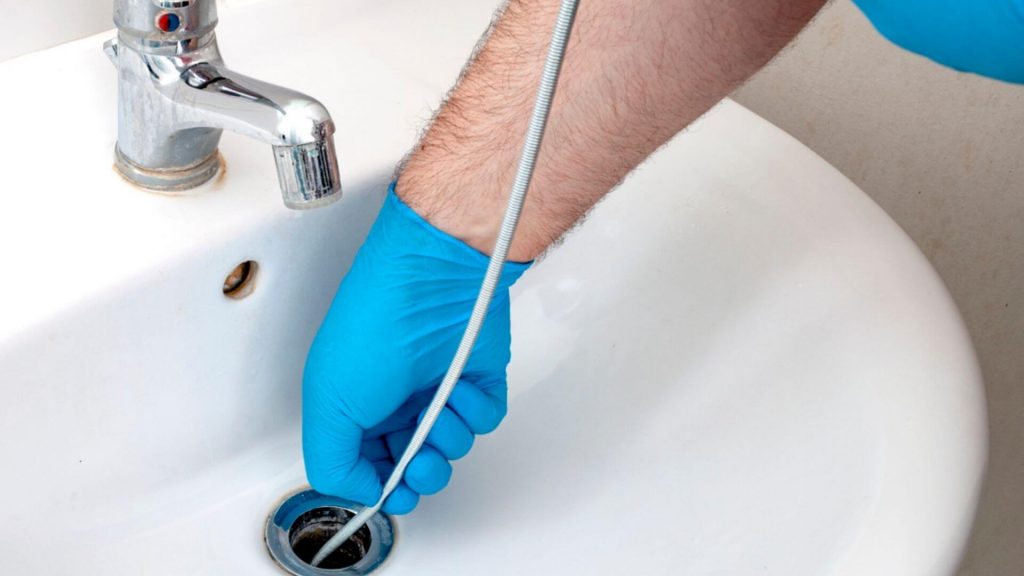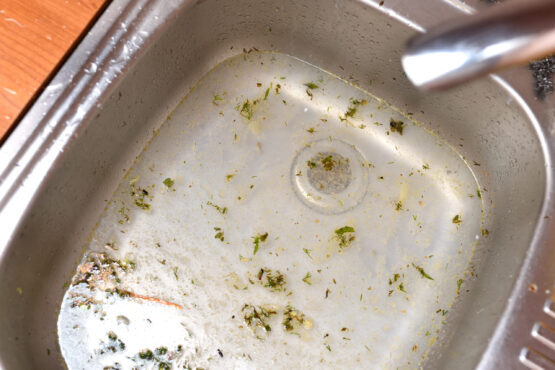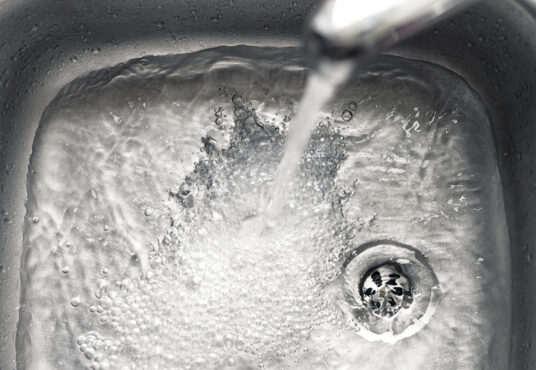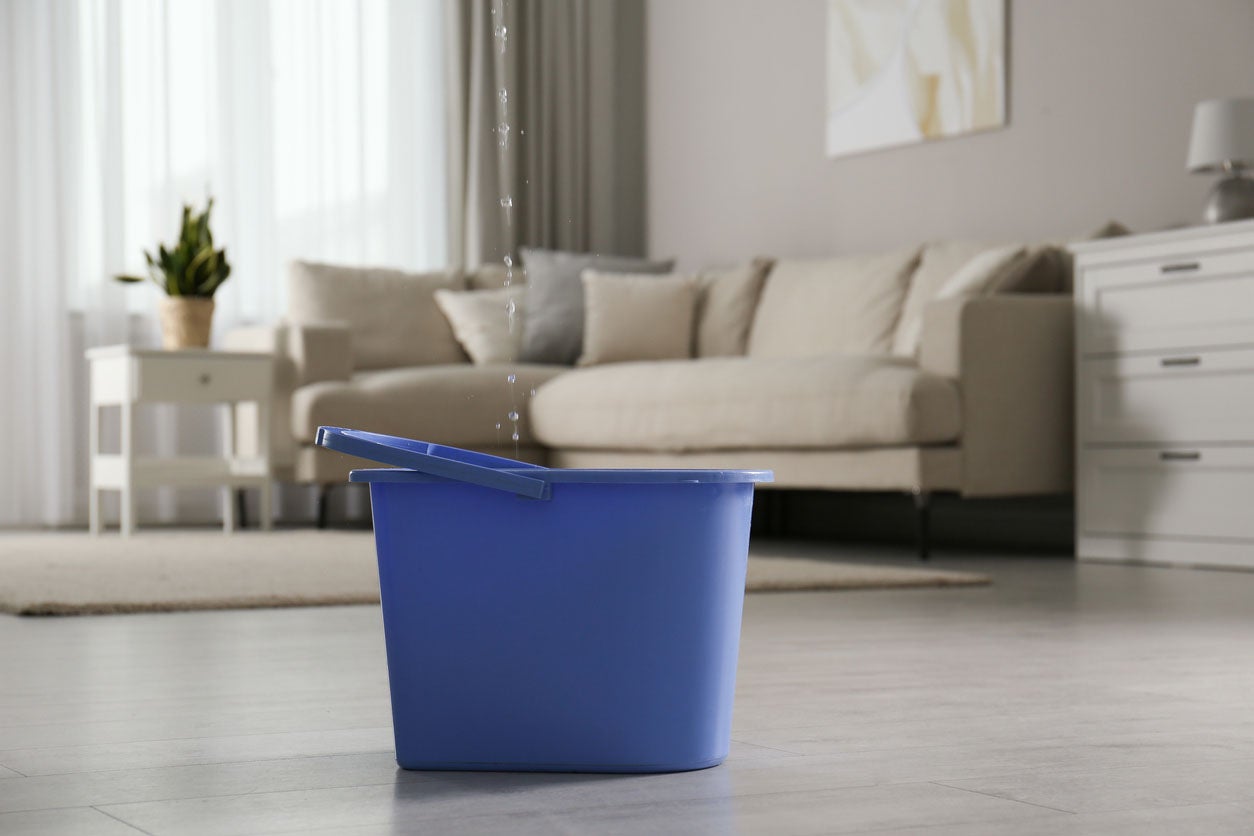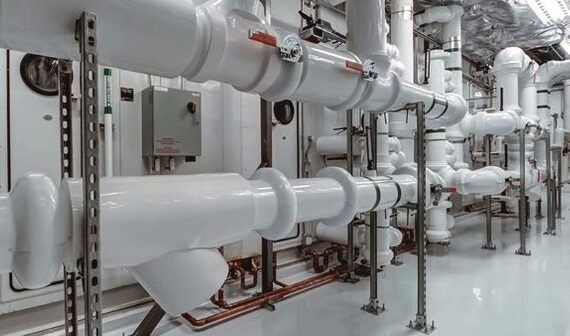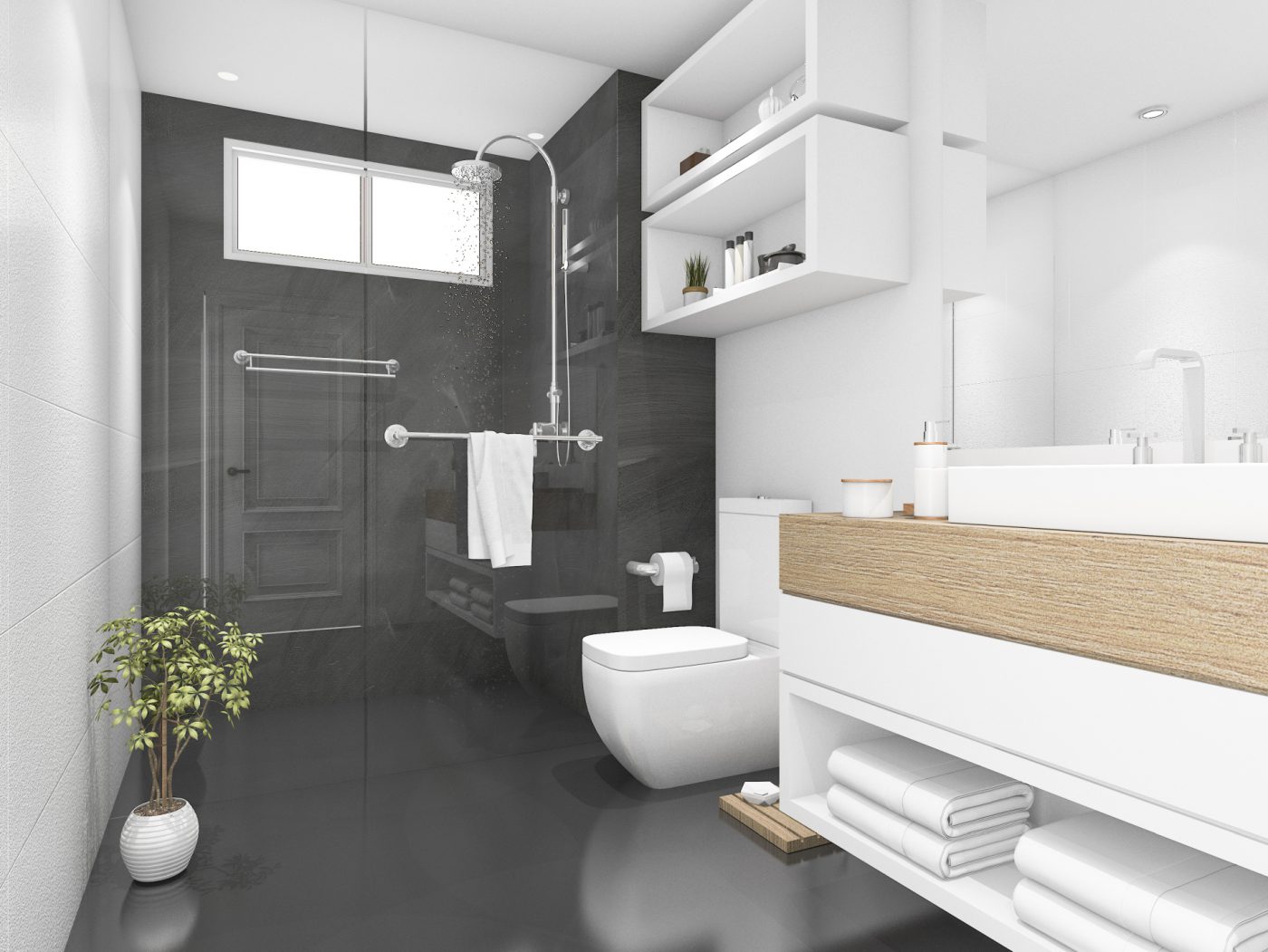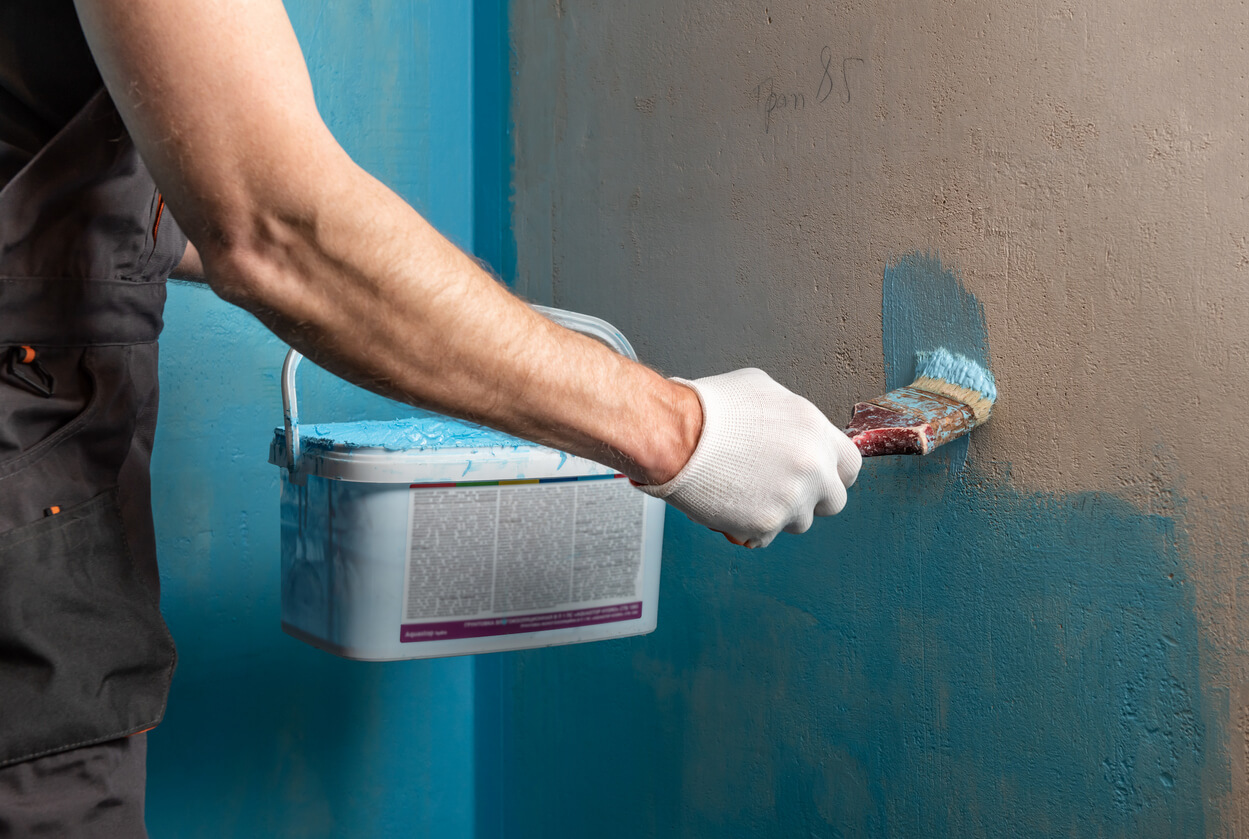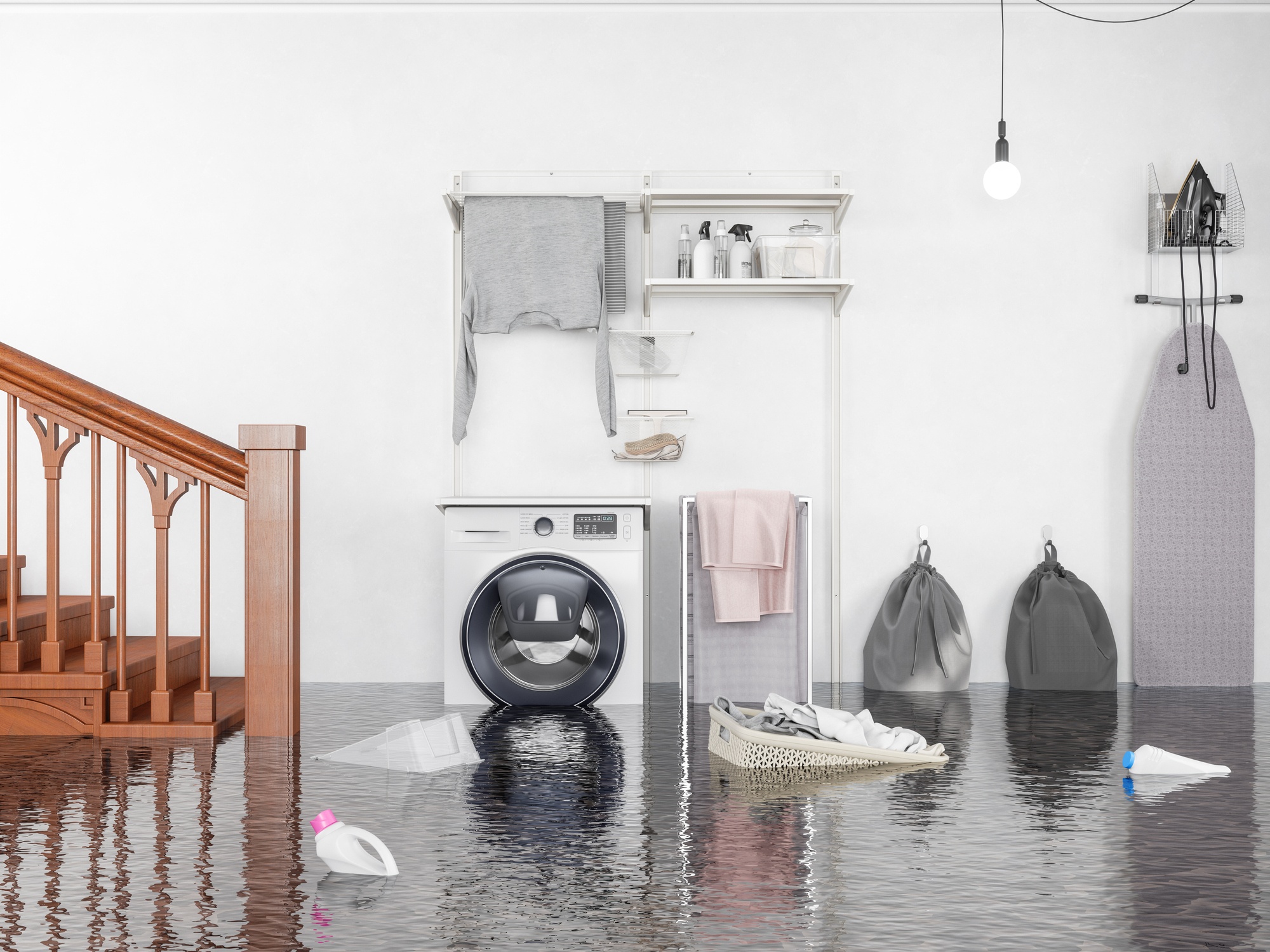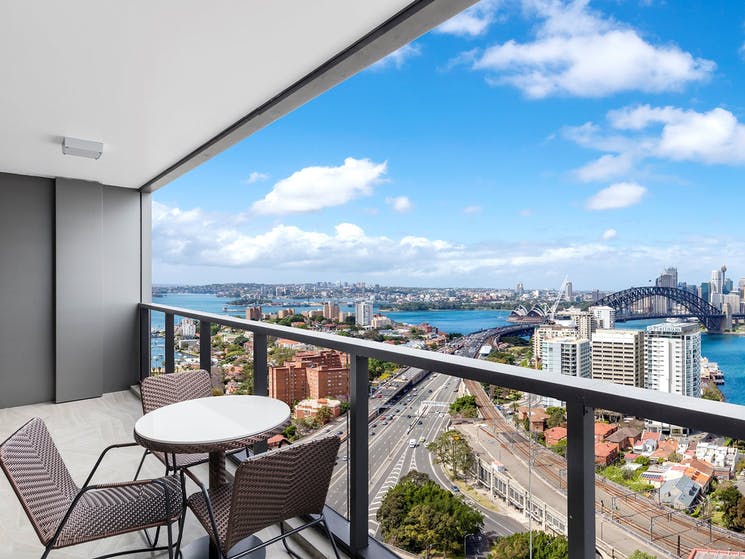La nina has been dishing up some wild conditions this summer, so it’s a good idea to make sure your balcony waterproofing is up to scratch. This article outlines what you know when waterproofing balconies to Australian standards.
When it comes to waterproofing, there’s a few basics you need to know. The first is, it’s heavily regulated by the Building Code; but for good reason. If waterproofing fails in any of your wet areas, it’s both difficult and costly to locate and fix. A dodgy job, whether it be poor substrate preparation, incorrect application or even poor material choice, makes for an expensive fix. To avoid this, your best bet is to be aware of the standards when buying or renovating your property to ensure you don’t get hit with a massive reno bill when you least expect it and to know the first signs of water damage.
What are the standards?
Since 1996, waterproofing of wet areas has been mandatory to comply with the Australian Standards AS 3740. When it comes to balconies, the design and application of waterproofing must meet Australian Standard AS 4654.1-2012 Waterproofing membranes for external above ground use Part 1 Materials as well as AS 4654.2-2012 Waterproofing membranes for external above ground use Part 2 Design and installation.
Further to this, in a number of states and territories, waterproofing can only be carried out by licensed contractors to ensure the quality of the craftsmanship and needs to be certified by a professional. Other elements of balcony waterproofing like angled floors and drainage are more technical and require the assistance of a plumber. So what does this mean in plain english? Leave it to the professionals to make sure you get it right.
Insurance companies report that balconies, decks and outdoor areas account for the highest proportion of waterproofing failures. Failures, particularly in multi-level residential buildings, can occur for a number of reasons. Environmental factors are a significant contributor to balcony waterproofing failures, especially harsh conditions experienced by coastal properties. Poor building design can have a disastrous flow-on effect (literally), as often, high rise residential buildings have a flat roof, allowing for rainwater to accumulate and cause damage on multiple levels . Also, lack of drainage, incorrect substrate gradient (leading to ponding) and inadequate adjacent flashings are all significant contributors to water ingress and water damage. But no doubt the most common contributor to failed waterproofing is poor workmanship and insufficient maintenance.
How do I know if my balcony is waterproofed?
If you’re unsure whether or not your balcony or deck is waterproofed, there are a few things to watch out for. If your area is tiled, check to ensure the grout isn’t chalky and powdery - this can indicate damage. Keep an eye out for calcium stains down the walls, visible water leaking and water marks on the roof - don’t hesitate to give us a call so we can assess the damage and make a plan of attack.
For more information on waterproofing and plumbing, visit our blog or get in touch with us for all your plumbing needs.

